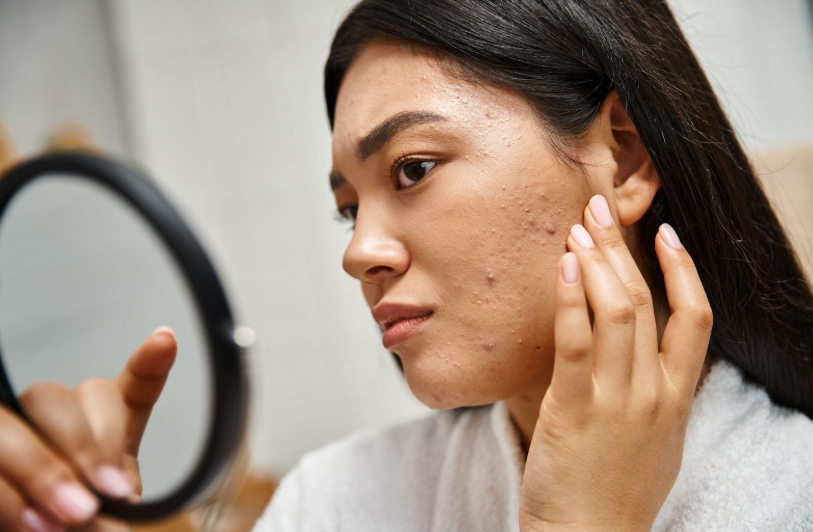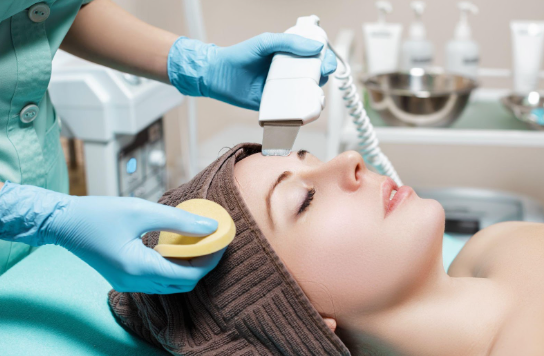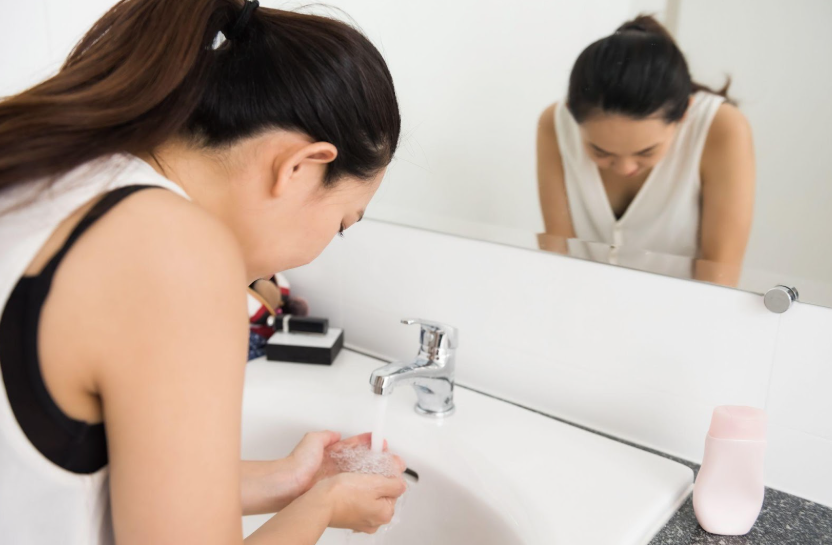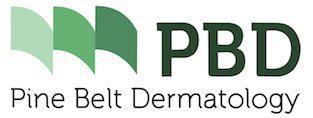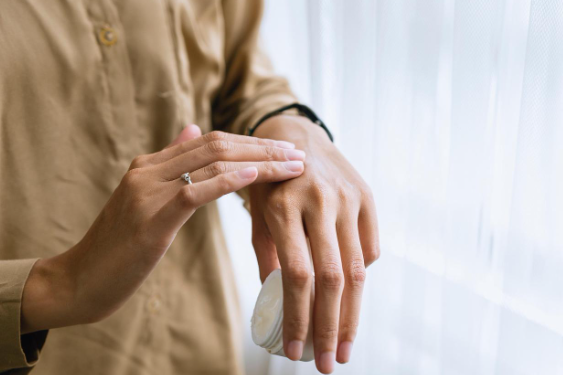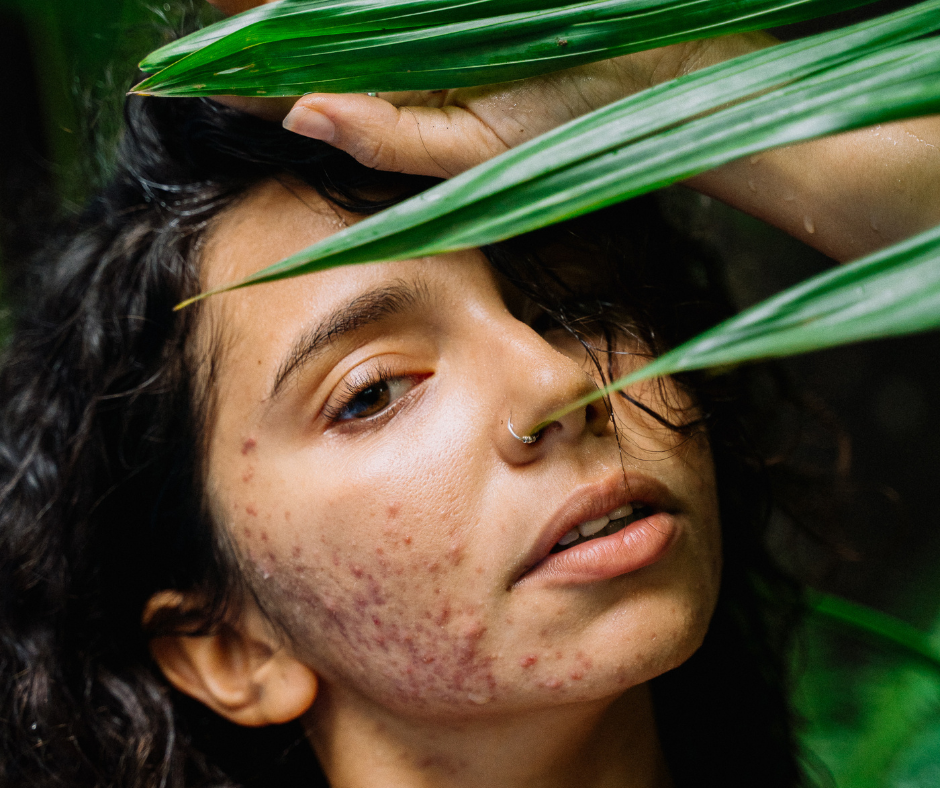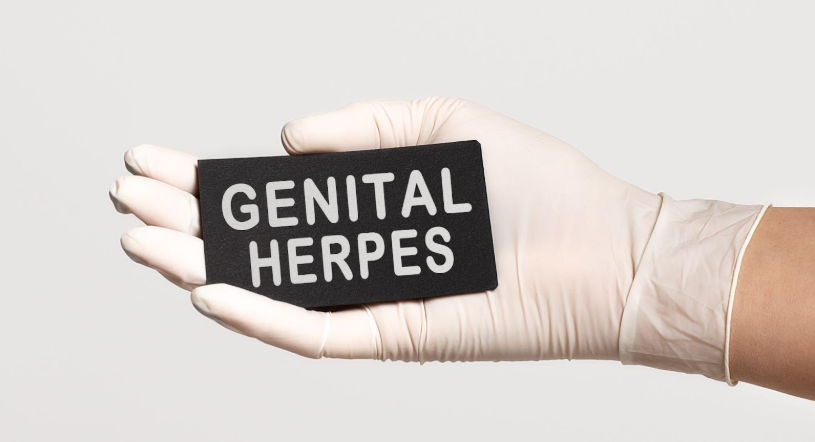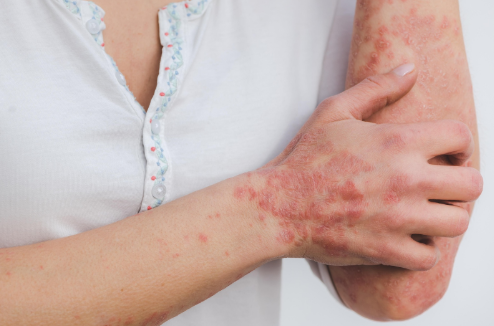Fall and Acne: Why Breakouts Increase in Cooler Weather & How to Prevent Them
Fall and Acne: Why Breakouts Increase in Cooler Weather & How to Prevent Them
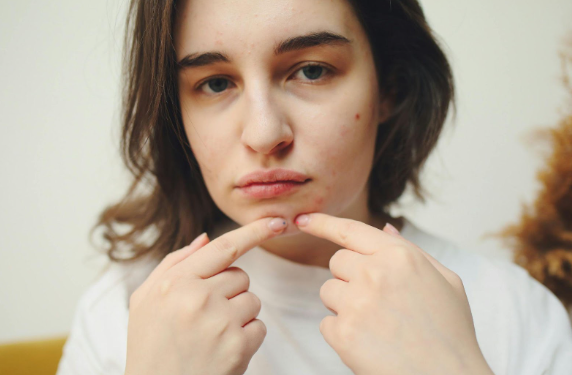
Acne is often thought of as a summer skin concern, triggered by heat, sweat, and excess oil production. However, many people notice that their breakouts actually worsen in the fall. As temperatures drop, humidity levels change, and your skin’s environment shifts, the body’s natural defenses and balance can be disrupted — creating the perfect storm for acne flare-ups.
Understanding the connection between seasonal changes and acne can help you take targeted steps to prevent and manage breakouts before they start.
Understanding Acne and Its Triggers
Acne occurs when hair follicles become clogged with excess sebum (oil), dead skin cells, and bacteria. While hormones play a significant role, environmental factors — including seasonal weather changes — can directly influence the skin’s condition.
During fall, the cooler, drier air alters skin physiology in several ways. Sebaceous glands may respond by overproducing oil, skin cell turnover patterns change, and protective barriers weaken. This makes fall an important time to adapt your skincare and lifestyle habits to the new conditions.
Why Acne Breakouts Worsen in Fall
As the seasons shift, your skin undergoes subtle but significant changes. Fall’s cooler air, fluctuating temperatures, and lifestyle adjustments disrupt the skin’s natural balance, creating conditions that favor clogged pores and inflammation. These changes aren’t always obvious at first, but together they can set the stage for more frequent or intense breakouts — a pattern that becomes clearer when you look at the specific factors at play.
Seasonal Drop in Humidity
Fall weather often comes with a decrease in humidity, both outdoors and indoors due to heating systems. Low moisture levels can cause the skin to dry out, leading to flakiness. These dry, dead skin cells can accumulate and mix with oil, blocking pores and creating an environment for acne-causing bacteria to thrive.
Overcompensation by Sebaceous Glands
When skin loses moisture, sebaceous glands may overcompensate by producing more sebum. While this is the body’s natural way of trying to restore balance, the excess oil can combine with dead skin cells and lead to clogged pores and inflammation.
Increased Use of Heavy Skincare Products
In response to dryness, many people switch to richer moisturizers or occlusive skincare products in the fall. If these products are comedogenic (pore-clogging), they can exacerbate acne breakouts, especially in individuals prone to oily or combination skin.
Immune System Changes
Seasonal changes can subtly affect the immune system. The stress of temperature fluctuations, shorter daylight hours, and even mild seasonal illnesses can increase systemic inflammation, which may trigger inflammatory skin conditions like acne.
Stress and Lifestyle Shifts
Fall often brings schedule changes — back-to-school routines, end-of-year work demands, and holiday preparations. Increased stress can elevate cortisol levels, which in turn can stimulate oil production and worsen inflammatory acne.
The Role of Skin’s Barrier Function in Fall Acne
Your skin’s barrier is its first line of defense against environmental stressors, and seasonal changes can put that defense to the test. In fall, the combination of cooler air, wind exposure, and indoor heating can weaken this protective layer, making it more vulnerable to irritation and imbalance. When the barrier is compromised, even minor triggers can have a greater impact on skin health — including the development and persistence of acne.
How the Skin Barrier Works
The skin barrier, composed primarily of lipids, proteins, and cells, helps retain moisture and protect against irritants, allergens, and pathogens. A healthy barrier supports clear skin by preventing transepidermal water loss and limiting entry of acne-causing bacteria.
Barrier Damage in Cooler Weather
Colder temperatures and dry winds strip away natural lipids, making the barrier more permeable. This increases skin sensitivity and susceptibility to irritation, redness, and inflammation — all of which can exacerbate acne.
Connection Between Barrier Disruption and Acne
When the barrier is compromised, the skin’s ability to regulate oil production becomes unstable. Additionally, inflammation from barrier damage can intensify existing breakouts and prolong healing time.
How to Prevent and Manage Fall Acne
While fall acne can be frustrating, it’s not inevitable. By making thoughtful adjustments to your skincare routine and daily habits, you can counteract the seasonal changes that trigger breakouts. The key lies in maintaining balance — keeping skin hydrated without clogging pores, supporting its natural defenses, and addressing potential irritants before they cause problems.
Adjust Your Cleansing Routine
Over-cleansing or using harsh cleansers can strip the skin of natural oils, causing rebound oil production. In fall, opt for gentle, pH-balanced cleansers that remove impurities without over-drying the skin. Cream or gel-based cleansers with soothing ingredients like glycerin or aloe vera can be beneficial.
Choose the Right Moisturizer
Hydration is crucial for preventing the overproduction of oil. Select non-comedogenic moisturizers that provide moisture without clogging pores. Ingredients like hyaluronic acid, squalane, and ceramides help replenish the skin barrier while keeping breakouts at bay.
Incorporate Humidity Control Indoors
Using a humidifier can help maintain optimal indoor humidity levels, reducing skin dryness and flakiness. This can minimize the accumulation of dead skin cells that contribute to clogged pores.
Exfoliate Mindfully
In the fall, exfoliation remains important but should be approached with care. Over-exfoliating can damage the skin barrier, but avoiding it altogether can lead to buildup. Use mild chemical exfoliants like salicylic acid or lactic acid once or twice a week to keep pores clear while maintaining barrier integrity.
Monitor Your Skincare Ingredients
Some heavier skincare and cosmetic products marketed for colder weather may contain oils, waxes, or emollients that are comedogenic. Look for labels that indicate “non-comedogenic” and avoid ingredients known to clog pores, such as certain mineral oils or isopropyl myristate.
The Role of Diet and Hydration
What you put into your body can be just as important as what you put on your skin — especially during seasonal transitions. Fall’s comfort foods and reduced water intake can subtly influence oil production, inflammation, and overall skin clarity. Maintaining the right nutritional balance and staying hydrated can help your skin better withstand the seasonal stressors that contribute to acne.
Nutritional Considerations in Fall
Fall often brings comfort foods high in sugars and refined carbohydrates, which can cause spikes in insulin and trigger increased oil production. Maintaining a balanced diet rich in omega-3 fatty acids, antioxidants, and vitamins A, C, and E can help regulate inflammation and support skin health.
Staying Hydrated
Even if you’re not sweating as much as in summer, your skin still needs hydration from within. Drinking enough water supports overall skin function and helps flush out toxins that can contribute to breakouts.
Managing Stress to Reduce Acne Flare-Ups
Seasonal changes often bring shifts in routine, workload, and even mood — all of which can raise stress levels. This internal pressure doesn’t just affect your mental well-being; it can also influence hormonal activity that fuels breakouts. Understanding and managing this connection can make a noticeable difference in keeping fall acne under control.
Understanding the Stress-Acne Connection
When the body experiences stress, cortisol and androgens increase, stimulating sebaceous glands. This not only leads to excess oil but also increases inflammation, making acne more severe.
Stress-Reduction Techniques
Incorporating stress-management habits such as regular exercise, meditation, deep breathing, and adequate sleep can help reduce hormonal fluctuations that lead to acne.
Special Considerations for Different Skin Types in Fall
Not all skin reacts to fall weather in the same way. The mix of cooler air and lower humidity can leave some complexions oily and congested, while others become dry and irritated. Recognizing your skin type’s unique response to the season allows you to tailor your approach, ensuring both acne prevention and overall skin health.
Oily and Combination Skin
People with oily or combination skin may notice a shift toward increased oiliness in certain areas, even as other areas become dry. Balancing products, such as lightweight moisturizers for oily zones and richer creams for drier patches, can help maintain equilibrium.
Dry and Sensitive Skin
Those with naturally dry skin are at greater risk for barrier disruption. Gentle hydration-focused routines and avoidance of strong acne treatments (like high concentrations of benzoyl peroxide) can prevent irritation.
Acne-Prone Skin
For individuals prone to frequent breakouts, continuing acne treatments such as topical retinoids or salicylic acid is important. However, formulations may need to be adjusted to prevent excessive dryness.
Professional Treatments for Fall Acne
Sometimes, seasonal adjustments at home aren’t enough to fully control breakouts. In these cases, professional treatments can offer targeted solutions that address both active acne and lingering concerns like scarring or uneven texture. Fall can be an ideal time to explore these options, as reduced sun exposure often supports better healing and results.
Chemical Peels
Gentle chemical peels using salicylic acid or glycolic acid can remove dead skin buildup, reduce oiliness, and improve skin texture without excessive downtime — making them a good option during fall.
LED Light Therapy
Blue light therapy targets acne-causing bacteria, while red light helps reduce inflammation. This non-invasive treatment can be effective for persistent fall breakouts.
Microneedling and Laser Treatments
For acne-prone skin with post-inflammatory hyperpigmentation or scarring, microneedling and certain laser therapies can improve skin tone and stimulate collagen production, while also supporting overall skin health.
When to See a Dermatologist
If fall breakouts become severe, persistent, or painful, professional evaluation is essential. A dermatologist can determine whether underlying conditions — such as hormonal imbalances or skin disorders — are contributing to the flare-ups. Prescription-strength topical or oral medications, including retinoids, antibiotics, or hormonal treatments, may be recommended.
Long-Term Acne Prevention Strategies
Acne prevention is not just about reacting to flare-ups — it’s about maintaining a consistent, adaptive skincare and lifestyle approach year-round. As seasons change, so should your skincare routine. By proactively adjusting your regimen, supporting your skin barrier, and maintaining a healthy lifestyle, you can minimize seasonal acne fluctuations.
Don’t let seasonal breakouts affect your confidence this fall. Our expert team at
Pine Belt Dermatology offers personalized acne treatments tailored to your skin’s unique needs.
Schedule your consultation today and take the first step toward clearer, healthier skin.
